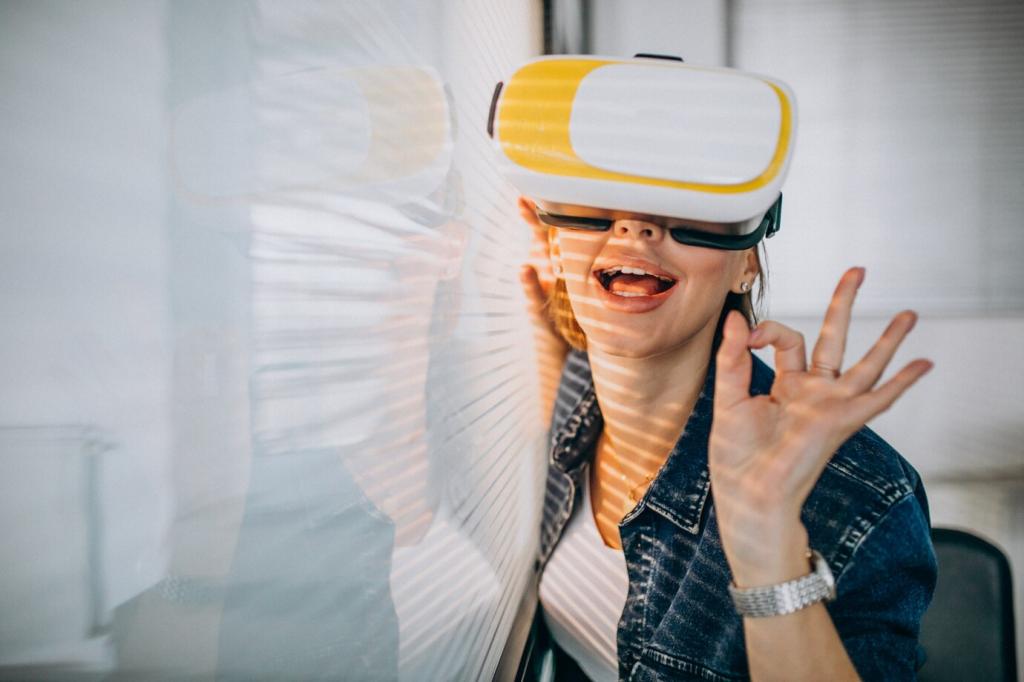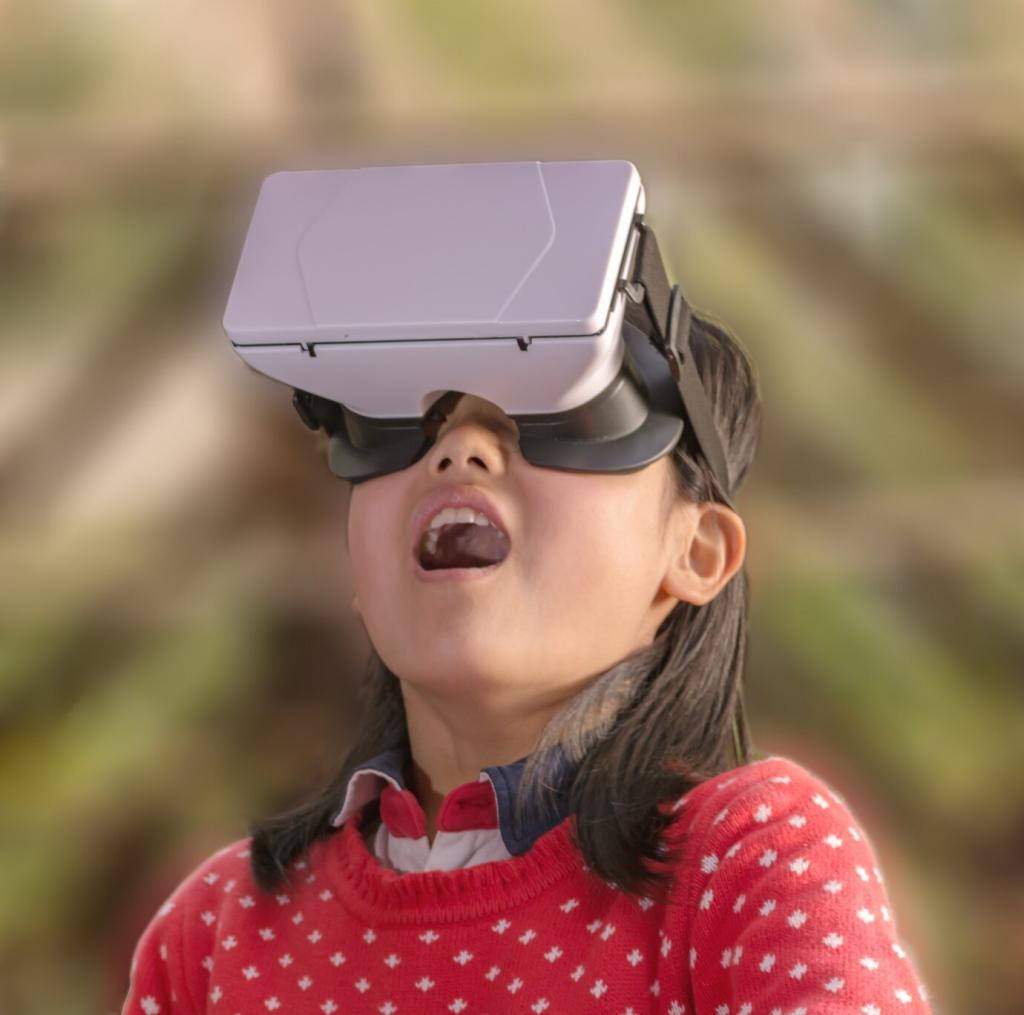The Impact of Virtual Reality on STEM Education
Virtual reality is transforming educational landscapes, notably within the fields of Science, Technology, Engineering, and Mathematics (STEM). By immersing students in interactive and visually stimulating environments, VR has the potential to enhance engagement, deepen understanding, and foster new methods of exploration and problem-solving. The integration of VR into STEM classrooms is paving the way for more dynamic, hands-on learning experiences, enabling students to grasp abstract concepts with real-world relevance and expand their practical skill sets beyond traditional learning modalities.

Enhancing Engagement and Motivation in STEM Learners
Immersive Learning Experiences
VR enables students to experience STEM content in ways that static textbooks or two-dimensional diagrams cannot replicate. Whether it’s stepping inside the human circulatory system or simulating the surface of Mars, VR transports learners into the very environments they are studying. This immersion not only captivates attention but also fosters a sense of presence, making abstract concepts tangible and memorable. As students can virtually manipulate variables and observe outcomes, their curiosity is sparked and their desire to experiment grows stronger, resulting in deeper understanding and increased motivation to discover more.
Interactive Problem-Solving
Incorporating VR into STEM education means students are no longer simply memorizing formulas or following set procedures. They become problem-solvers faced with real-time challenges within a safe virtual environment. For example, learners can design, test, and refine engineering prototypes or practice coding in simulated scenarios. These hands-on, interactive tasks engage higher-order thinking skills and nurture resilience in the face of complex scientific questions. The opportunity to fail and iterate within a virtual world promotes a growth mindset and encourages active participation, diminishing the fear of making mistakes that might otherwise hinder learning.
Personalized Learning Paths
One of the most transformative aspects of VR in STEM is its ability to adapt content to individual learners’ needs. Virtual platforms can provide tailored tasks, pace exercises to match a student’s proficiency, and offer instant feedback within the simulation. As a result, students are not held back by a one-size-fits-all approach. Advanced students can tackle more challenging problems, while those needing reinforcement can revisit concepts as often as required. This personalization not only boosts confidence but also fosters intrinsic motivation by ensuring that each learner’s journey is relevant, achievable, and engaging.
Bridging Abstract Concepts and Real-World Applications
Many STEM concepts exist on scales beyond normal human perception—microscopic cells, planetary systems, or intricate mathematical models. VR allows students to visualize and interact with these hidden worlds in vivid, three-dimensional detail. For example, exploring molecular structures in chemistry or observing energy transfers in physics becomes intuitive through direct manipulation and observation. This clarity helps demystify complex ideas, enabling students to form concrete mental models that support long-term retention and application of knowledge far beyond rote memorization.

Expanding Access and Equity in STEM Education
Overcoming Physical and Economic Barriers
Access to advanced scientific equipment, laboratory experiences, and fieldwork has often been limited by school funding, geographic location, or safety concerns. VR levels the playing field by providing high-fidelity simulations of laboratories, field studies, and industry environments. Schools with limited resources can offer students hands-on STEM experiences previously out of reach. Moreover, students in remote or underserved areas gain exposure to cutting-edge scientific scenarios without leaving their communities. This democratization ensures that quality STEM learning is not solely the privilege of those in well-funded institutions or urban centers.
Supporting Diverse Learning Needs
Every student approaches STEM with unique experiences, abilities, and learning preferences. Virtual reality’s range of sensory and interaction options can accommodate visual, auditory, and kinesthetic learners alike. It supports students with disabilities by offering customizable interfaces and alternative means of engagement, such as voice commands or adaptive haptic feedback. Language barriers can be mitigated through visual cues and interactive tutorials. As a result, more learners can participate fully in STEM activities, feel a sense of belonging, and thrive in their educational journeys.
Inspiring Underrepresented Groups in STEM
Representation and exposure are critical for sparking interest in STEM among groups historically underrepresented in these fields. VR can showcase diverse role models, create culturally relevant simulations, and allow learners to visualize themselves succeeding in STEM careers. By providing equitable access to engaging, hands-on experiences, virtual reality helps dismantle stereotypes and opens pathways for more students from different backgrounds to see a future for themselves in science, technology, engineering, and mathematics. This inclusive approach can help inspire the next generation of innovators and researchers from all walks of life.
